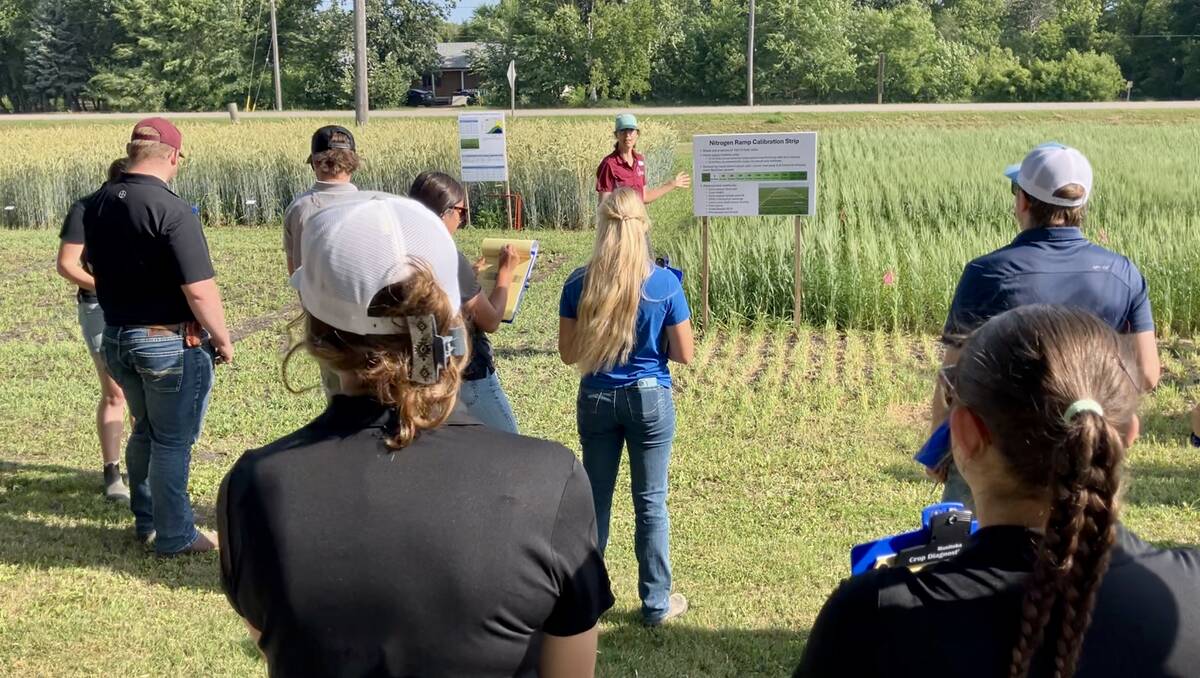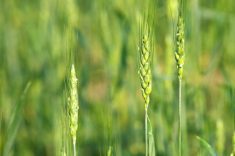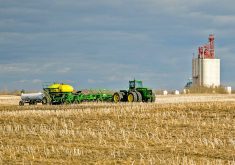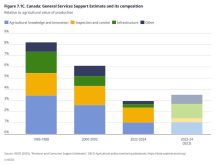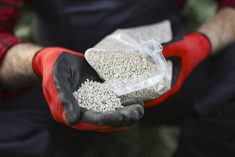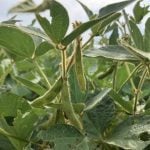Do you know if you’re getting the most bang for your buck when fertilizing your winter cereals?
Manitoba’s crop experts outlined one tactic to help farmers find out at the 2025 Crop Diagnostic School earlier this year in Carman, Man.
Farmers using a nitrogen ramp approach will increase nitrogen rates in increments, based on soil test recommendations.
Read Also
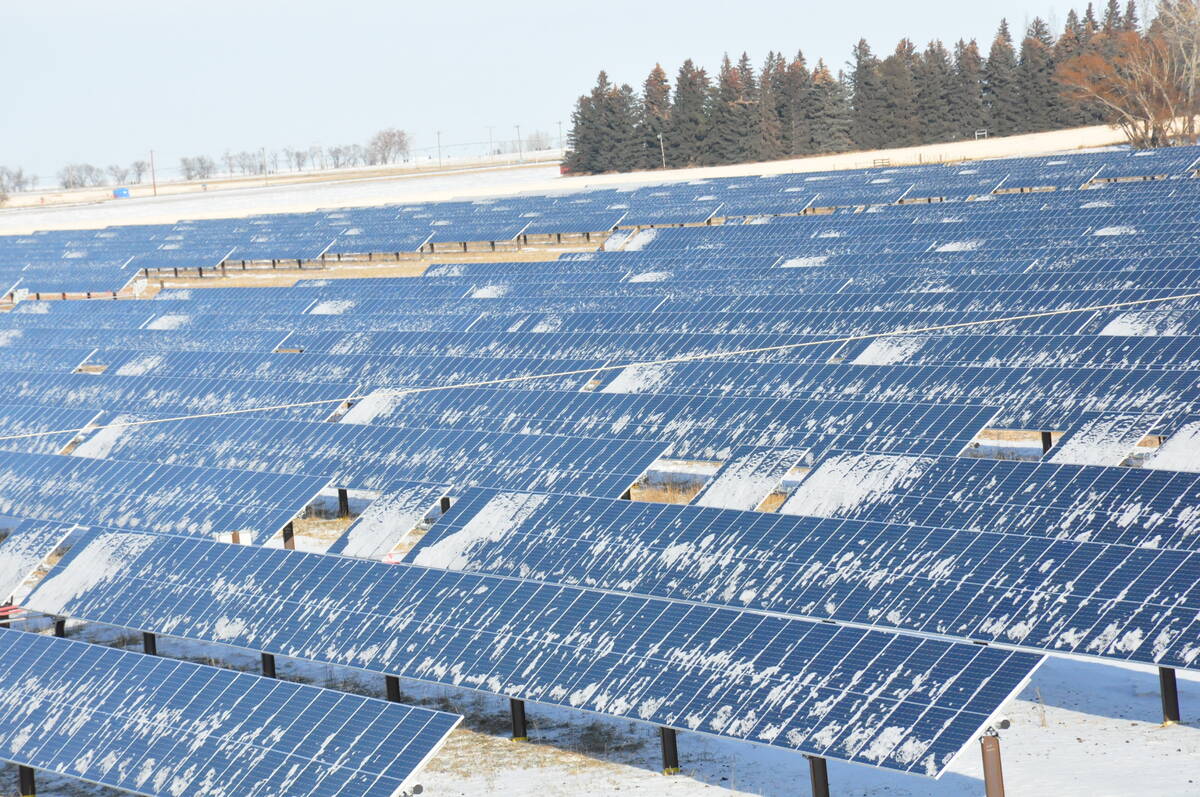
Why agriculture is Canada’s energy ace
Why isn’t agriculture getting more play in Canada’s quest for efficient, renewable energy production? It should be
It involves taking “whatever the nitrogen recommendation was from your field based in the soil test, and then comparing that to the nitrogen ramp to see, are you actually hitting (the target)?” said Anne Kirk, cereal crop specialist with Manitoba Agriculture.
“When is it the greenest? And then also, considering, if we’re applying more nitrogen, is that economical as well?” Kirk added.
If you’ve tested a nitrogen ramp in your cereal crop, there are a few ways to determine if your plants are taking up nitrogen as intended.
It can just be gauged by the amount of biomass in your crop and the colour of the leaf tissue to the naked eye, Kirk said, but there’s a catch to that strategy. Changing light conditions throughout the day can trick the eye and make it difficult to gauge differences in the shades of green in the leaves.
Farmers can take the guesswork out of the process with a nitrogen ramp calibration strip though, she noted. Similar to a paint colour swatch you might see at your local hardware store’s paint department, the tool can help give more concrete insight.
“It’s not to identify which one is sufficient or deficient,” cautioned Kirk, but is a comparative measure.
“If you have 80 pounds of nitrogen per acre compared to 100, is there actually a colour difference or are they about the same?” Kirk said.
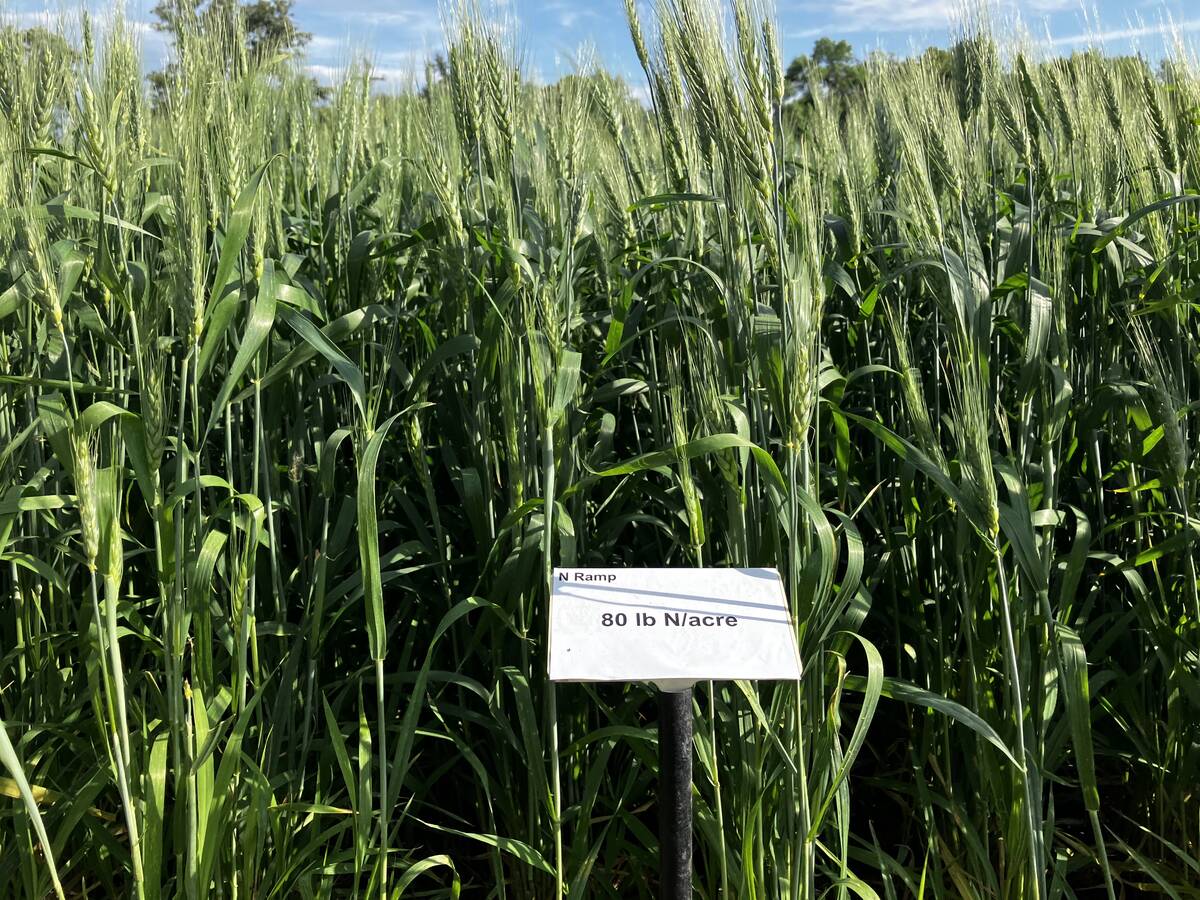
For the more tech-savvy, there’s a device called a SPAD meter that measures the amount of chlorophyll in a leaf. It’s used by pressing the flag leaf between the two paddles on the meter to take the reading.
Kirk noted that, while these readings don’t mean much on their own and do not replace soil nitrogen testing, they can be helpful when measuring against other parts of your field or where a different application rate was put down.
Nitrogen application strategies
When it comes to fall or spring nitrogen applications in winter cereals, there are pros and cons to both.
“If you’re applying all of your nitrogen in the fall, the risk is that you can have excessive leaching if you have a wet fall,” said Kirk. “You can also have denitrification (gassing off of that nitrogen) and it wouldn’t be available to the plants.”
A full burst of nitrogen in the fall could also lead to excessive top growth in your plants, which could mean a less healthy crown going into winter and perhaps more winterkill, added Kirk.
“If you apply all of your nitrogen in the spring, the risk is that it could be dry … and if it doesn’t rain, that nitrogen isn’t actually getting down into the soil to your plant,” she added.
At the opposite end of the spectrum, field conditions in a wet spring could mean that a grower may not get their nitrogen on the field before it’s too late.
To avoid risk, Kirk suggests using a split N application – a portion applied in the fall and a portion in the spring to reduce the risks from both of these types of potential losses.
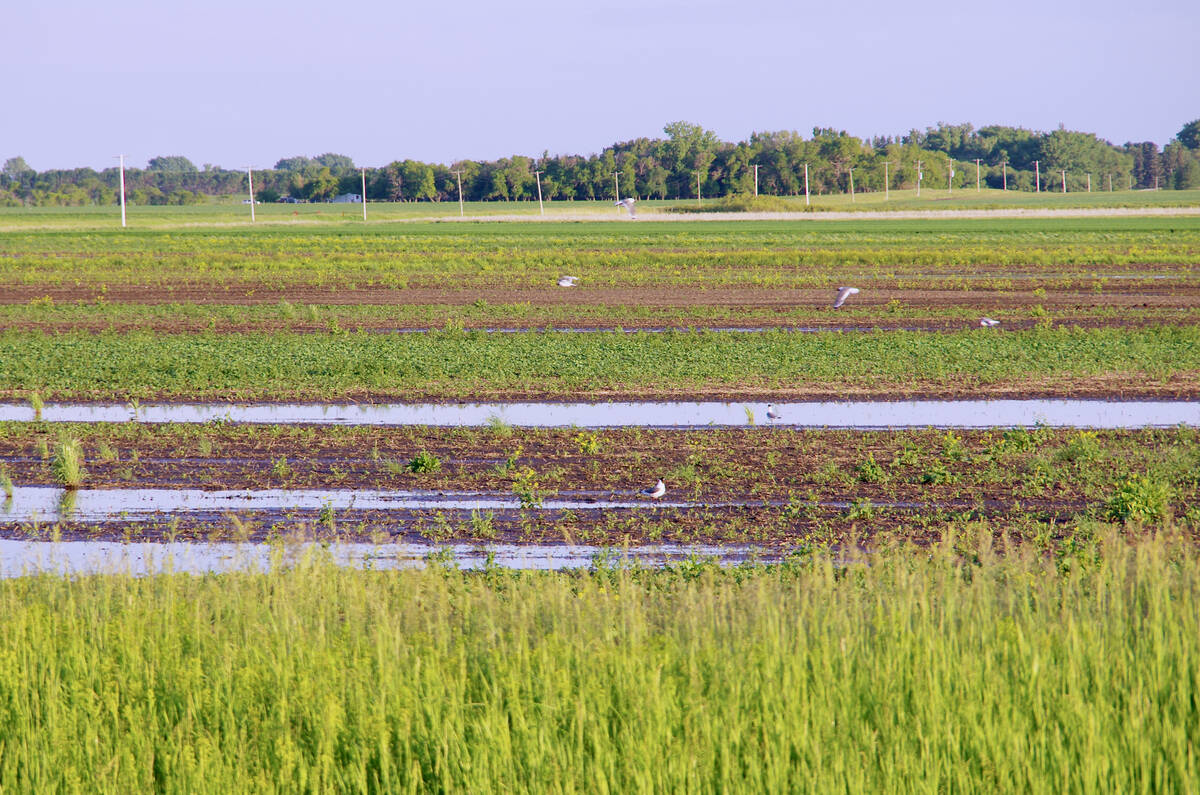
The key is making sure that nutrient is available to winter cereals when the crop is likely to need it the most.
“We know that winter wheat takes up about 30 to 40 per cent of its total nitrogen needs by stem elongation,” said Kirk. “So we really want to make sure that nitrogen is on and available for the plant by the time stem elongation happens.”
For more information on nitrogen ramp calibration strips, visit the Manitoba Agriculture website.


